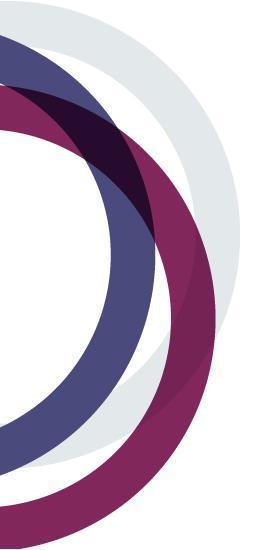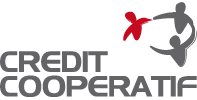

Five-fold increase in number of refugee and migrant children traveling alone since 2010
Source : UNICEF

© UNICEF/Gilbertson VII
Three children look out of a window on a train at a reception centre for refugees and migrants in Gevgelija, in the former Yugoslav Republic of Macedonia, in 2015
The global number of refugee and migrant children moving alone has reached a record high, increasing nearly five-fold since 2010, UNICEF said today in a new report. At least 300,000 unaccompanied and separated children were recorded in some 80 countries in the combined years of 2015 and 2016, up from 66,000 in 2010 and 2011.
‘A Child is a Child: Protecting children on the move from violence, abuse and exploitation’ presents a global snapshot of refugee and migrant children, the motivations behind their journeys and the risks they face along the way. The report shows that an increasing number of these children are taking highly dangerous routes, often at the mercy of smugglers and traffickers, to reach their destinations, clearly justifying the need for a global protection system to keep them safe from exploitation, abuse and death.
“One child moving alone is one too many, and yet today, there are a staggering number of children doing just that – we as adults are failing to protect them,” said UNICEF Deputy Executive Director Justin Forsyth. “Ruthless smugglers and traffickers are exploiting their vulnerability for personal gain, helping children to cross borders, only to sell them into slavery and forced prostitution. It is unconscionable that we are not adequately defending children from these predators.”
The report includes the story of Mary, a 17-year-old unaccompanied minor from Nigeria, who experienced the trauma of being trafficked firsthand during her horrific journey through Libya to Italy. When describing the smuggler turned trafficker who offered to help her, she said, “Everything (he) said, that we would be treated well, and that we would be safe, it was all wrong. It was a lie.” Mary was trapped in Libya for more than three months where she was abused. “He said to me if I didn’t sleep with him he would not bring me to Europe. He raped me.”
Additional key findings from the report include:
• 200,000 unaccompanied children applied for asylum across around 80 countries in 2015-2016.
• 100,000 unaccompanied children were apprehended at the U.S.-Mexico border in 2015-2016.
• 170,000 unaccompanied children applied for asylum in Europe in 2015-2016.
Unaccompanied and separated children accounted for 92 per cent of all children arriving to Italy by sea in 2016 and the first months of 2017.
• Children account for approximately 28 per cent of trafficking victims globally.
• Sub-Saharan Africa and Central America and the Caribbean have the highest share of children among detected trafficking victims at 64 and 62 per cent respectively.
• As much as 20 per cent of smugglers have links to human trafficking networks.
Ahead of the G7 Summit in Italy, UNICEF is calling on governments to adopt its six-point agenda for action to protect refugee and migrant children and ensure their wellbeing.
“These children need a real commitment from governments around the world to ensure their safety throughout their journeys,” said Forsyth. “Leaders gathering next week at the G7 should lead this effort by being the first to commit to our six-point agenda for action.”
The UNICEF agenda for action includes:
1. Protect child refugees and migrants, particularly unaccompanied children, from exploitation and violence;
2. End the detention of children seeking refugee status or migrating, by introducing a range of practical alternatives;
3. Keep families together as the best way to protect children and give children legal status;
4. Keep all refugee and migrant children learning and give them access to health and other quality services;
5. Press for action on the underlying causes of large scale movements of refugees and migrants;
6. Promote measures to combat xenophobia, discrimination and marginalization in countries of transit and destination.
UNICEF is also urging the public to stand in solidarity with children uprooted by war, violence and poverty, by supporting the six-point agenda for action.
If you cannot visualize this document, click HERE
If you cannot visualize it, download Adobe Reader by clicking www.get.adobe.com/reader/


 Actualités
Actualités












